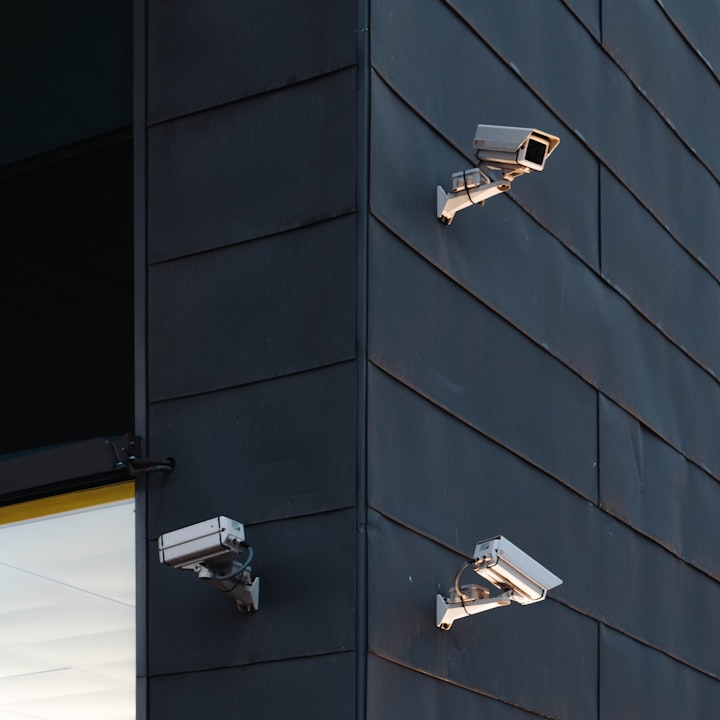Why Do Legitimate Company Emails Lack a Verified Checkmark?
Learn about the history of email and why sender authentication is crucial for email security and fraud prevention.

When the basic framework of what has become email was created back in the 60s and 70s, they had no idea that it would eventually be put into global use.
They made no real effort to put abuse prevention into it because the idea of using an academic messaging service for fraud never occurred to them.
What we call 'spoofing' - faking the sender data for an email to unsuspecting recipients - was not something email's initial designers had in mind.
As messaging required you to have some level of access to the recipient's system, which very few people did.
As email use grew, its first widely used protocol was called Simple Mail Transfer Protocol (SMTP), and its developers kept the lax security measures of the old.
People often wonder why legitimate company emails lack a verified checkmark, especially when fraudulent emails are becoming increasingly sophisticated.
Here are the reasons behind this phenomenon.
Insufficient Security Measures
The absence of a verified checkmark can be attributed to the inadequate security mechanisms that were initially put in place when email protocols, such as SMTP, were developed.
These protocols were not designed to verify the authenticity of senders, making it challenging to implement a universal verification system.
Complexity of Email Infrastructure
The sheer scale of the global email infrastructure poses a significant barrier to the implementation of a verified checkmark system.
With billions of emails sent daily, ensuring the verification of each sender's authenticity without causing delays or disruptions in the delivery process is a monumental challenge.
Lack of Standardization
Another contributing factor is the lack of standardized verification protocols across different email service providers.
While efforts have been made to establish verification standards like SPF, DKIM, and DMARC, the adoption and enforcement of these standards vary among providers, leading to inconsistencies in the verification process.
Increasing Sophistication of Fraudulent Emails
As the techniques used by malicious actors to create convincing fraudulent emails continue to advance, there is a growing need for more robust and standardized measures to verify the legitimacy of sender identities.
Limited Focus on Sender Verification
Historically, the primary focus of email development has been on the reliable transfer of messages rather than the verification of sender authenticity.
While advancements have been made in areas such as spam filtering, sender verification mechanisms have not received the same level of attention.
In conclusion, the absence of a verified checkmark in legitimate company emails is rooted in the historical development of email protocols, the complexities of global email infrastructure, and the evolving tactics of malicious actors
As email continues to be a critical communication tool for businesses and individuals, the need for enhanced sender verification measures becomes increasingly pressing.






